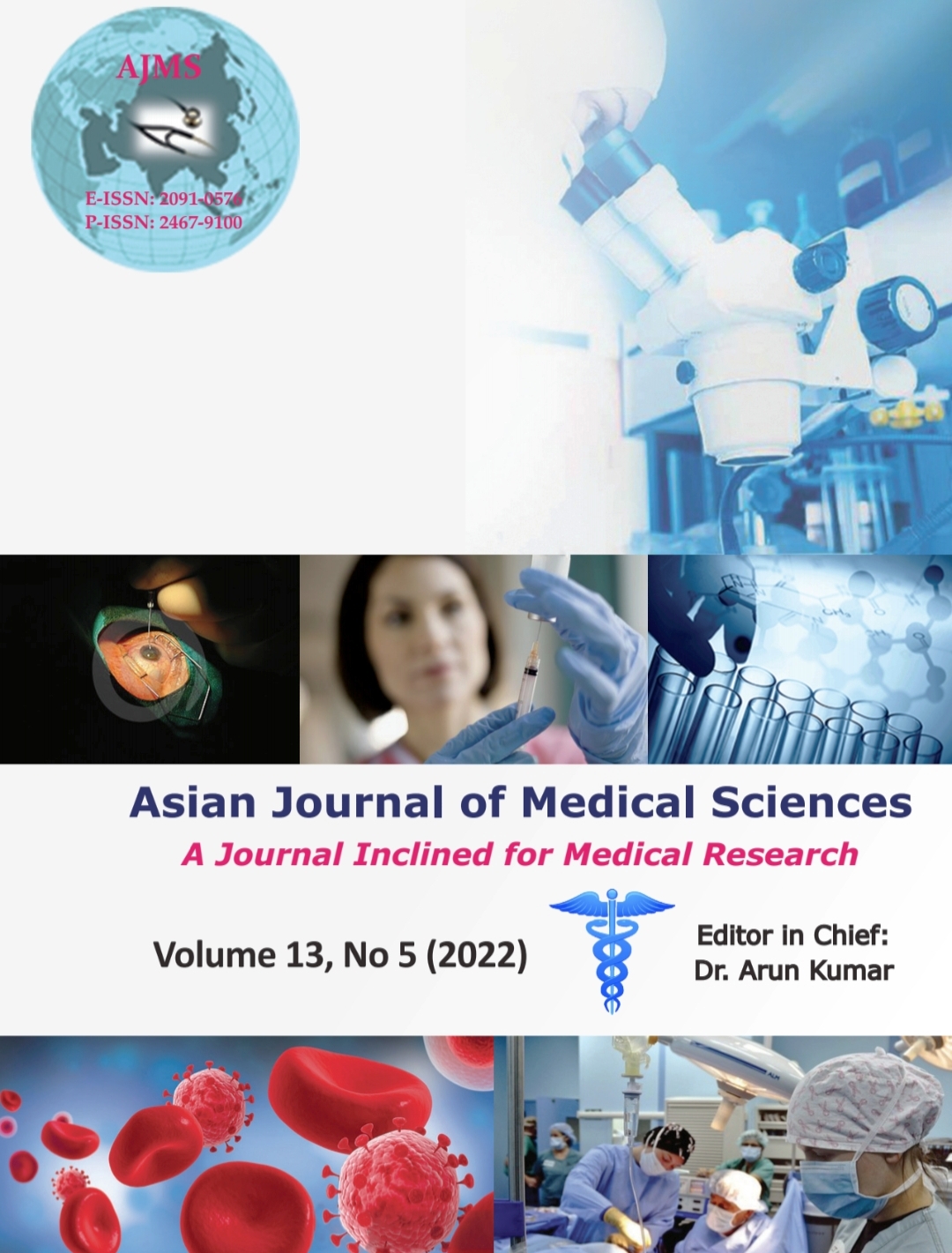Clinical profile and dermoscopic findings in alopecia areata
Keywords:
Alopecia areata, Short vellus hair, Tapering hair, Yellow dotsAbstract
Background: Alopecia areata (AA) is a common, chronic, and inflammatory disease that causes non-scarring hair loss. Dermoscopy can be used not only to diagnose AA and differentiate other causes of patchy alopecia but can also be a useful tool in assessing the severity of the disease.
Aim and Objectives: The aim of the study was to study the clinical profile, various dermoscopic findings, and correlation between different dermoscopic findings and disease severity of AA.
Materials and Methods: It was a cross-sectional descriptive study including clinically diagnosed cases of AA attending the outpatient department of dermatology. A detailed history and clinical examination was done along with dermoscopy of lesion and the patterns were noted.
Results: A total of 117 patients were included in study. About 44% patients had mild AA, 48% had moderate, and 8% had severe alopecia. Patients with atopy and family history had an early onset of disease. Family history, presence of diabetic mellitus, and nail changes were associated with severe disease. The most common dermoscopic finding noted in our study was black dots followed by short vellus hairs, broken hairs, yellow dots, and tapering hairs. Yellow dots correlated positively with severity of AA while black dots, broken hairs, and short vellus hairs correlated negatively with the severity of AA. There was no relation between tapering hairs and severity of AA.
Conclusion: AA is a disease of younger age. Black dots are the most common dermoscopic findings and along with this other patterns can be useful in diagnosis and assessment of severity of disease.
Downloads
Downloads
Published
How to Cite
Issue
Section
License
Copyright (c) 2022 Asian Journal of Medical Sciences

This work is licensed under a Creative Commons Attribution-NonCommercial 4.0 International License.
Authors who publish with this journal agree to the following terms:
- The journal holds copyright and publishes the work under a Creative Commons CC-BY-NC license that permits use, distribution and reprduction in any medium, provided the original work is properly cited and is not used for commercial purposes. The journal should be recognised as the original publisher of this work.
- Authors are able to enter into separate, additional contractual arrangements for the non-exclusive distribution of the journal's published version of the work (e.g., post it to an institutional repository or publish it in a book), with an acknowledgement of its initial publication in this journal.
- Authors are permitted and encouraged to post their work online (e.g., in institutional repositories or on their website) prior to and during the submission process, as it can lead to productive exchanges, as well as earlier and greater citation of published work (See The Effect of Open Access).




